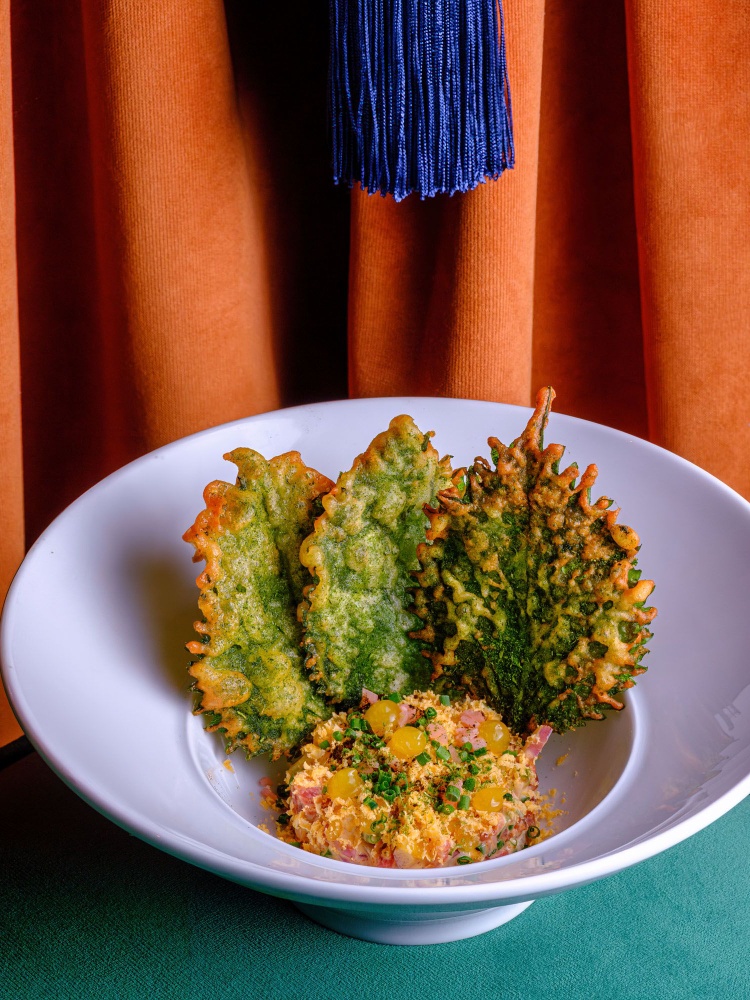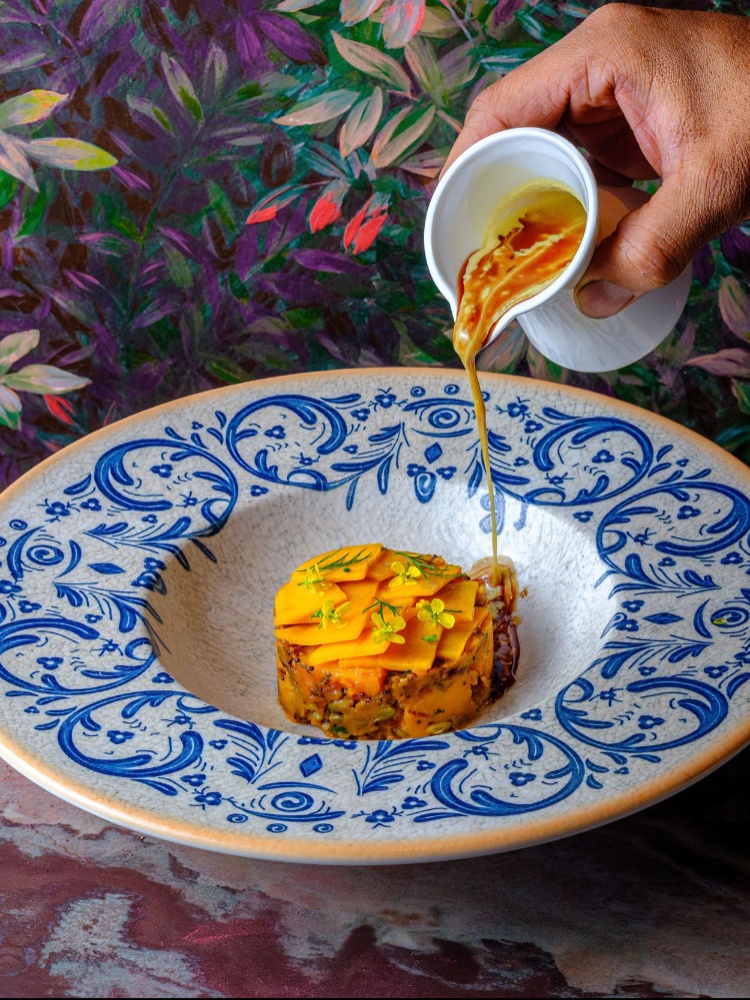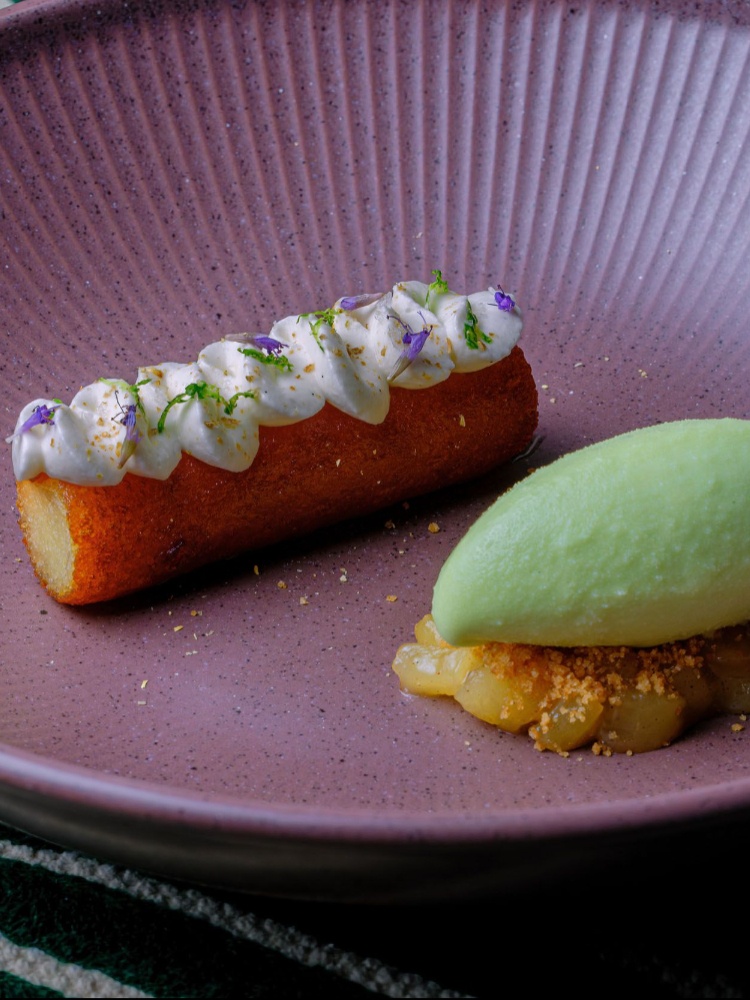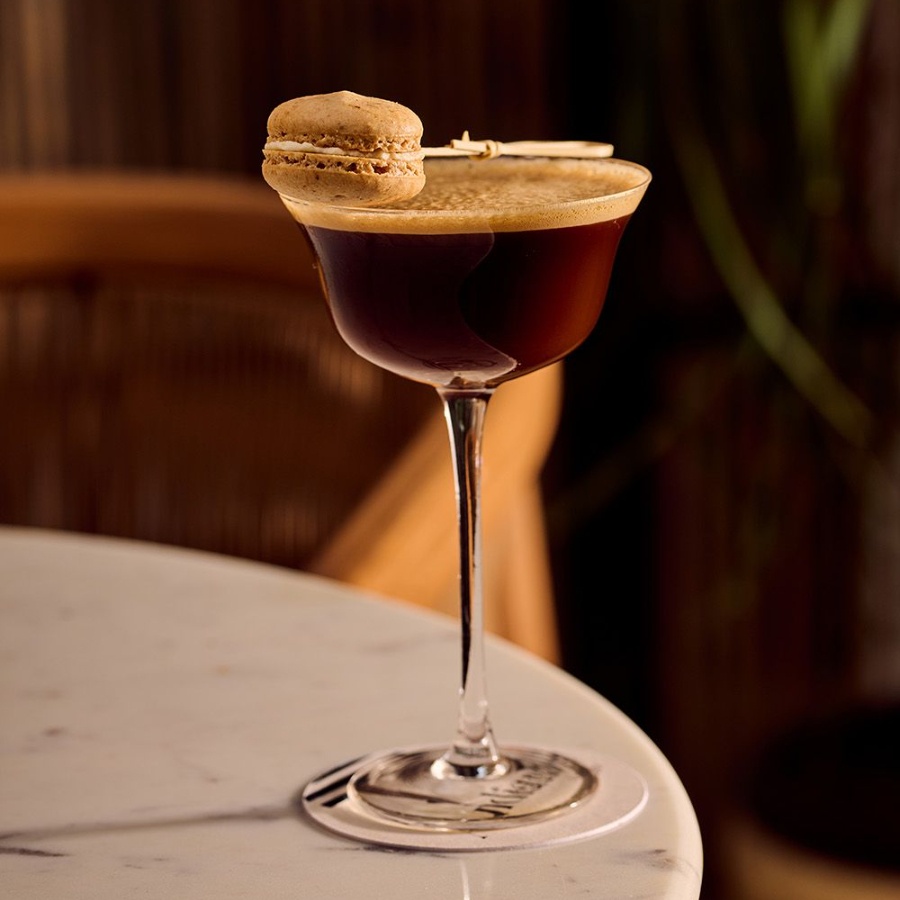The Indian food scene in New York City is clearly having a moment, which is to say that it is anything but basic. Regional cuisines and hyperlocal flavours are elevating palettes, replacing aloo gobi, butter chickens and dare we say curries, with experimental gastronomy and thought-provoking dishes. Thanks to restaurants with Indian-origin chefs like Bungalow, Semma and SONA, the landscape is evolving. And newest on the block, just in time for Diwali weekend, is Passerine, which opened doors to New Yorkers on November 1. Occupying the former SONA space (the buzzy restaurant Maneesh K. Goyal opened with Priyanka Chopra Jonas in 2021 and shuttered this summer) Goyal teams up with his best friend Alvina Patel Buxani, a former fashion executive and entrepreneur, for another culinary journey in Indian fare.

“We don’t want to be Bollywood Indian or ethnic Indian,” explains Goyal about how he plans to do things differently. “We want to capture the sophistication and energy of contemporary India through the New York lens,” he adds about his space in the Flatiron District. The fact that Passerine is named after a class of birds, many of which are migratory, is a worthy metaphor for multiculturality. “Often, Indian restaurants transport you to India, but at Passerine, we want you to stay in New York, and experience food and beverages that are decidedly Indian,” adds Patel Buxani, who previously headed communications at Farfetch and Christian Louboutin.
As we walk through the plush interiors of the dinner spot (think tan leather, warm woody tones and luscious hints of green), we witness a clever interplay of subtle references to the restaurant’s namesake—on the feather-printed upholstery, on the botanical-themed wallpaper, and, most prominently, on the cocktail menu. Here, there’s Green Magpie (rum infused with saffron, cilantro, and green cardamon) and Singing Lark (rum, spiced pear, peach, and chilli).









